The Year in Reissues: 2021
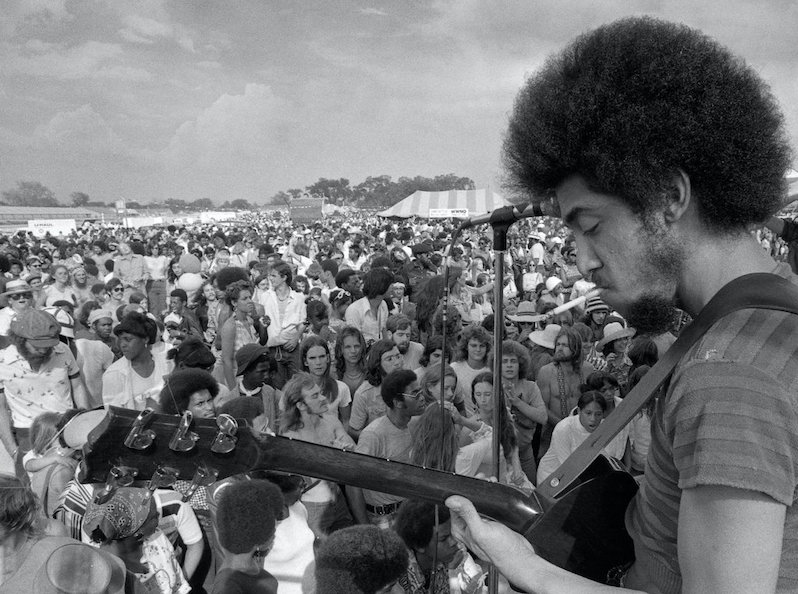
Year-end season is the time of year when we all take stock of the great new music we’ve heard, but we’d be remiss not to mention the classics or cult favorites or lost underground discoveries that were also unearthed throughout the year. We’ve been living through a great period of reissues for well over a decade, in large part due to an increased effort to not just continue recycling the same material over and over again (there are basements full of copies of Rumours; we don’t need more!) but to give listeners a chance to be introduced to music they might have missed the first time, or to tell a story that hasn’t yet been told (or not in a satisfying manner, anyway). Of course, this is all happening in a time when vinyl delays are longer than they’ve ever been, so it’s unclear how much this will all be complicated in the next year. But as long as there’s great archival music to discover, we’ll keep listening. Here are 10 of the best reissues of 2021.
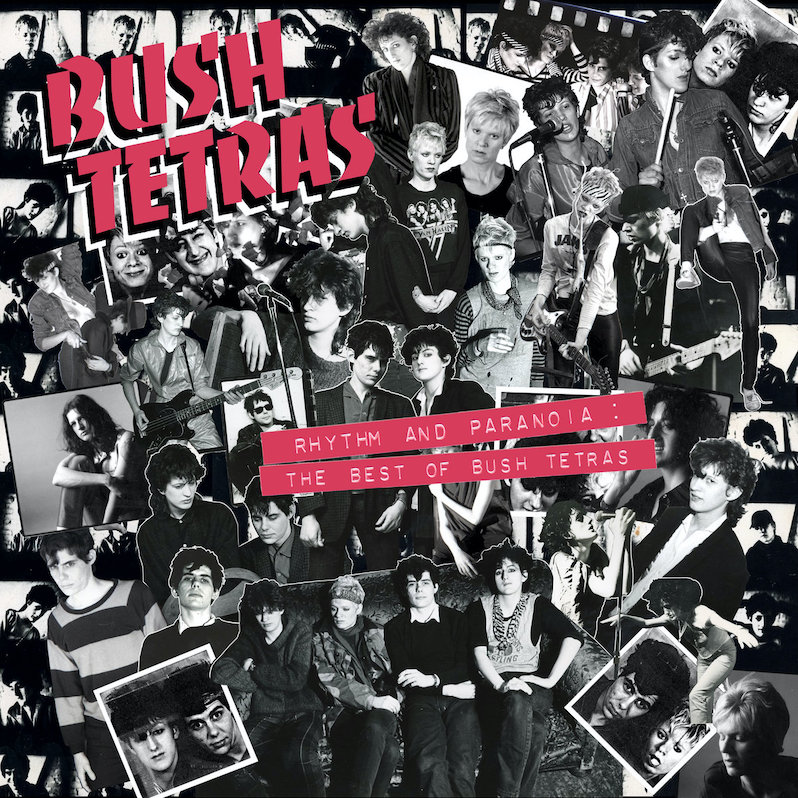
Bush Tetras – Rhythm & Paranoia: The Best of the Bush Tetras
In calling their new catalog-spanning set “The Best of the Bush Tetras,” the legendary New York cult post-punk group seem to coyly suggest something more perfunctory than what’s present on the 3xLP box set. In reality, Rhythm & Paranoia is the most complete and exhaustive telling of the group’s story to date, from their early no wave singles to their ’90s-era reformation and the kinda-sorta major label period that almost was. What’s here is both a generous helping of the group’s work—which makes an evolution from dancepunk to a kind of arty and abstract indie-grunge—as well as a reminder of just how thrilling a band they are, all captured in six consistently thrilling sides of vinyl. – Jeff Terich
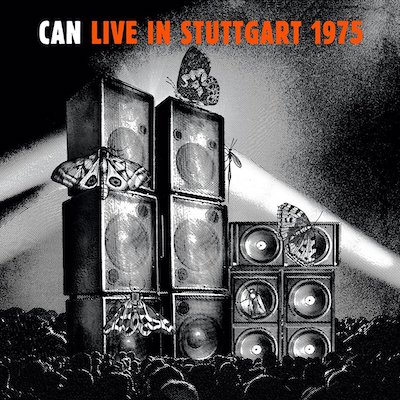
Can – Live in Stuttgart 1975/Live in Brighton 1975
Live albums tend to be most appealing when they capture a uniquely special event that won’t or even can’t be replicated, or depending on what generation in which you fall, live shows you never would have been able to see in your lifetime. The first two installments of Mute Records’ newly unearthed series of previously unreleased Can live albums, Live in Stuttgart 1975 and Brighton 1975, are essentially both. Each recorded in 1975, following the release of the band’s album Landed, these aren’t merely live adaptations of the band’s studio material, but something else altogether. Each album’s lengthy pieces find the band engaged primarily in improvisational psychedelic freakout mode. You can pick up pieces of grooves here and there that recall bits of “Bel Air” or “Oh Yeah,” but by and large Can ride a cosmic wave whose gravitational pull is created by their psychic musical chemistry. You truly get the sense of how in tune with each other these musicians were when given the freedom to explore wholly uncharted terrain. At their most abstract these jams feels like an electric Miles Davis performance without any traditional jazz instruments, and at their most accessible, an expression of freedom and joy. Much of Can’s time spent together was spent making music that had no direct predecessors in rock, and to hear these newly unearthed documents, that seemingly included their own catalog as well. – Jeff Terich

Willie Dunn – Creation Never Sleeps, Creation Never Dies: The Willie Dunn Anthology
Canadian singer/songwriter Willie Dunn stood apart from other guitar plucking troubadours in the 1970s, both because of his music and because of the conviction behind it. Often compared to Leonard Cohen and carrying more than a little of Townes Van Zandt’s lonesome Western pathos, Dunn passed up a career being marketed as an outlaw and instead made music on his own terms, marrying a long folk tradition with stories that spoke to his own experience as a First Nations Canadian. This compilation from Light in the Attic brings together music from throughout his career, including his signature song, the ten-minute “Ballad of Crowfoot,” as well as heartbreaking narratives like “Charlie,” acting as both historical documents and devastating storytelling. The gorgeous finger-picked guitar and warmth of his voice make this a wonderful listen, but the overlooked truths behind these songs are what make it essential. – Jeff Terich
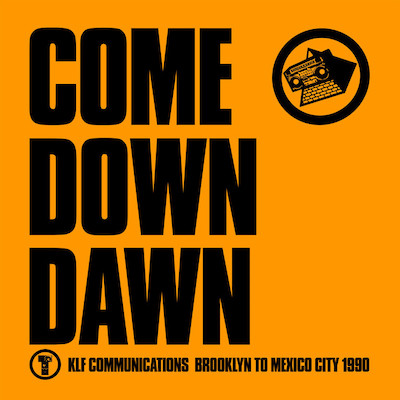
The KLF – Solid State Logik 1/Come Down Dawn/Solid State Logik 2/The White Room: The KLF 1989 Director’s Cut
Bill Drummond and Jimmy Cauty have been pranking the music scene, and dance music in particular, off and on since the 1980s as The KLF. Some of those pranks resulted in timeless contributions to no less than three genres: stadium house, mashups, and ambient dub. You might never know it, however, as in the middle of 1992 The KLF deleted their catalog and essentially themselves, popping up since then only for brief moments under new stage names. With little warning, on the first day of 2021 streaming platforms like Spotify and Apple Music presented an official collection of some of their most famous singles, Solid State Logik 1. The online re-releases continued into the spring: Come Down Dawn, a revised version of their classic Chill Out album; the 12” mix collection Solid State Logik 2; and, a “director’s cut” of 1991’s The White Room. I don’t doubt that massive sampling issues and stagnant bank accounts are behind why these exist now and why they sound like they do. I’m just glad they’re here to help [re]claim The KLF’s place in rave history. The songs may be ancient, but their presence is justified. – Adam Blyweiss
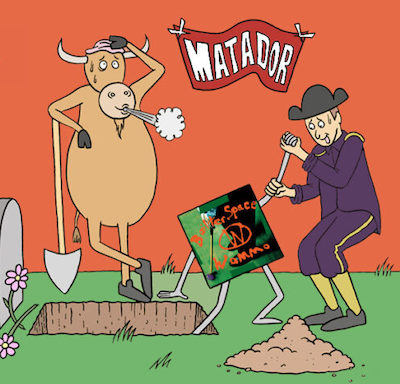
Matador Revisionist History Series
Matador launched its Revisionist History reissue series in 2020, but as it turns out, a good idea last year remains a good idea this year. Throughout 2021, the long-running indie label has been putting some of the best out-of-print items in its catalog back in print with new pressings, many of which are albums long overdue for being discovered by new generations. Among those under-the-radar greats are Bailter Space’s hazy noise-pop gem Wammo, Bardo Pond’s woozy psych-gaze epic Amanita and Fucked Up’s punk rock opera, David Comes to Life. And just as essential as the music itself are the additional materials and programming that Matador’s also released to coincide with them, including conversations between artists and essays. In other words, music nerd stuff, but hey—that’s why we’re here. – Jeff Terich
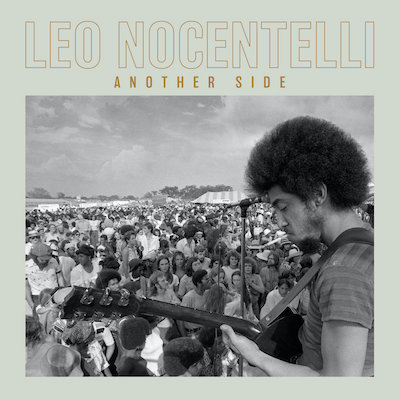
Leo Nocentelli – Another Side
New Orleans’ The Meters made their name on joyful and ecstatic funk vamps like “Cissy Strut,” their name synonymous with the Crescent City R&B sound through their own releases as well as backing contemporaries such as Lee Dorsey and Allen Toussaint. In the early ’70s, however, as the band were temporarily broken up, guitarist Leo Nocentelli recorded a solo album of folk and rock songs that wouldn’t ever be mistaken for the deep-pocket jams he recorded with The Meters, but it’s also hard not to hear the groove at the heart of even these rootsy and rustic tracks. Previously unissued (which maybe makes this not technically a reissue), this set of songs sees release for the first time through Light in the Attic, shedding light on an alternate version of history where Nocentelli strikes a solo path of his own, had The Meters not reformed and continued to put out another batch of incredible records. The songs here are warm, earthy, soulful, but more gentle. Nocentelli primarily plays on acoustic guitar, giving his own reflections about heartbreak a chance to be in the spotlight. But he’s still a master instrumentalist, after all, and on tracks like “Riverfront,” his roots-folk sound still ends up sounding deeply funky. -Jeff Terich
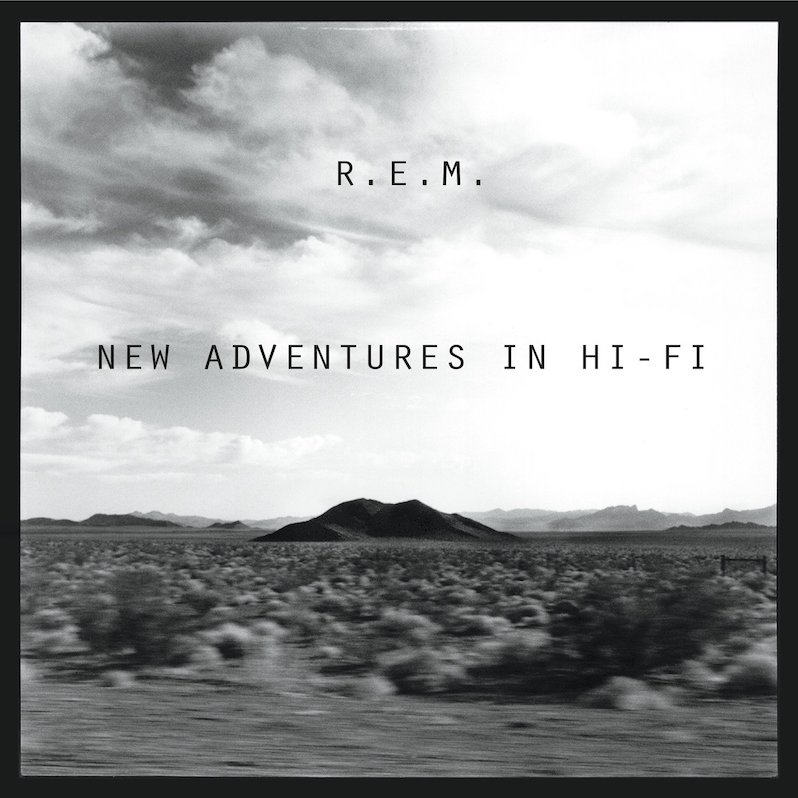
R.E.M. – New Adventures in Hi-Fi
R.E.M. fans all have a favorite era. Some say it’s the acoustic brilliance of Automatic For the People, some prefer the early days of Murmur, some are partial to the sociopolitical leanings of Green. But many regard New Adventures In Hi-Fi as the last “great” R.E.M. record. Soon after New Adventures in Hi-Fi was released on Sept. 9, 1996, R.E.M. found themselves at a crossroads. The next year, founding member and drummer Bill Berry would be gone, no longer willing to risk his health or stay on the road. Longtime producer Scott Litt left, too. The group continued as a three-piece, but their perceived artistic decline was already in effect. R.E.M. exposed our hidden demons and dreams, first tapping into the restlessness people were feeling when “Radio Free Europe” rattled the college indie airwaves in 1981. By the time “Losing My Religion” aired on MTV, R.E.M. reached mainstream status. Despite their breakthrough success, it still seems hard to believe that by the time New Adventures was released, “E-Bow the Letter” was not considered a radio-worthy lead single for it.
The 25th anniversary reissue of New Adventures In Hi-Fi captures the band at their apex, and includes B-sides, rarities, and music videos from their 1995 tour. It also contains this beauty from a Houston sound check: a live cover of Glen Campbell’s empirical classic “Wichita Lineman.” Sometimes known as the first existential country song, “Wichita Lineman” is a humble, melancholy song about a single electrical worker, his profile “still on the line.” Michael Stipe’s honest delivery lends the song a quiet dignity. Everything they did was a true collaboration. Stipe’s stream-of-consciousness phrases and odd pronunciations were buoyed by the strength of Peter Buck’s no frills, blues-tinged wall of rhythm guitar; Bill Berry’s drumming, which Buck has called “disco-y”; and Mike Mills’ melodic bass and backup vocals. New Adventures is rooted in travel and movement—in the bus rides, vacant hotel rooms and crowded stages they visited throughout the tour. It shares much of its DNA with their previous album, 1994’s Monster, but you can hear hints of the rest of their catalog, too.
Dissonant segments of Buck’s lo-fi feedback on “Undertow” carries the fire and passion of Green, while “Electrolite” is uncannily close to “Nightswimming” from Automatic For the People. The acoustic-based “Wall of Death” is 85 percent country, and the wailing guitar fuzz in “Leave” is an alarm, a direct reference to the toll the tour took on them. “I don’t know what I’m hungry for / I don’t know what I want anymore,” Stipe complains on “Bittersweet Me,” and on “Electrolite,” R.E.M. orders the 20th century to simply “go to sleep.” Maybe while crafting New Adventures, the band sensed what was coming. – Emily Reily
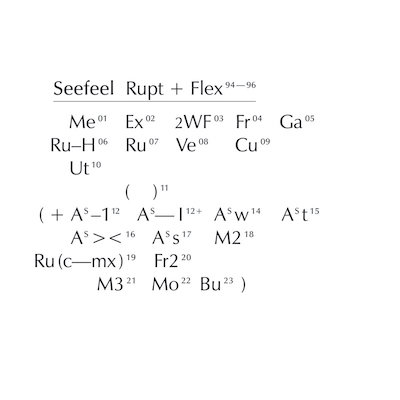
Seefeel – Rupt and Flex (1994-96)
I don’t think your Seefeel and my Seefeel are the same. Yours is 2010s Seefeel, on their second Warp Records run, ex-Boredoms drummer in tow. Mine is the archetypal Warp act showing up on weird UK compilations as electronica went pop. So the great thing the sounds on Rupt and Flex (1994-96) do is connect the techno and ambient of the latter to the post-rock of the former. You can hear them touch a deceptively wide range of genres in that in-between: pastoral and dissonant trip-hop in “Extract,” pounding electro-dub in “Fracture,” the glitch of the “As” song cycle, the chasm of “Avatar” carved into something resembling drone metal. Bringing together their rare, out-of-print, and unreleased post-Quique output from their 1990s stints on Warp and Rephlex Records, Rupt and Flex makes us remember to forget that Seefeel are a band who can make the kind of music Aphex Twin would make by himself. – Adam Blyweiss

Linda Smith – Till Another Time: 1988-96
Much in the same way that Baltimore’s American Visionary Art Museum exhibits the brilliance of hobbyists, eccentrics, and others unencumbered by commission or formal training, this Captured Tracks compilation offers a fascinating glimpse at the DIY output of a singer-songwriter also from Charm City. Smith bounced around a few labels and the smallest of small-time bands through the end of the 20th century, but her persistence with trying to record and release her own primitive multitracked songs is now seen as a precursor to modern movements in bedroom production, with hers as a then-rare prominent female voice within the din. There’s a quaint magic in these fuzzy, shitty-mic’d blends of Casio keyboards, submerged vocals, and overdubbed dueling guitars. Till Another Time dimly lights a distant path that takes us from 1960s yé-yé and garage rock to the foundational grunge of The Vaselines and Beat Happening, and on to Soccer Mommy and beyond. – Adam Blyweiss
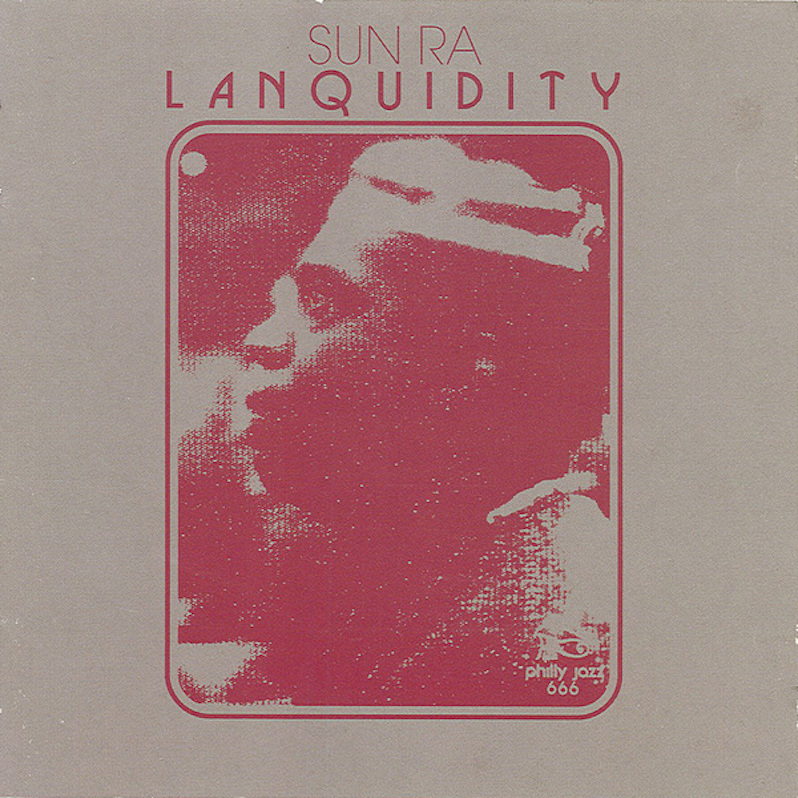
Sun Ra – Lanquidity
When someone brings up the name of music’s favorite astronaut, casual and committed fans alike probably don’t associate the genre of funk with him or his Arkestra. But there’s a reason this here website considers Lanquidity a great entry point into the Sun Ra catalog. Not only does it temper to accessibility the highest of his high weirdness, but there are long stretches where this thing just grooves, a loving hot potato passed around from quiet storm R&B to contemporaries in fusion. And now it’s back and remastered for the masses, following its boutique release in 1978 and its boutique CD reissue in 2000. You can come for the Definitive Edition’s alternate mix (which doesn’t really differ much except for a slightly slower version of “That’s How I Feel”) and the ephemera and anecdotes of its physical release. Whatever you do, stay for stuff like the muted boogie of “Where Pathways Meet” or “There are Other Worlds (They Have Not Told You of),” a hallucinogenic Afrofuturist dirge with more in common with Funkadelic than some might care to admit. – Adam Blyweiss
Support our Site—Subscribe to Our Patreon: Become one of our monthly patrons and help support an independent media resource while gaining access to exclusive content, shirts, playlists, mixtapes and more.

